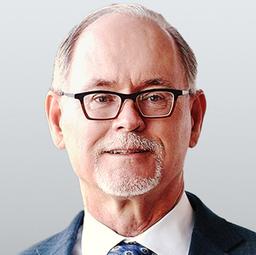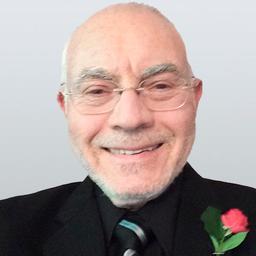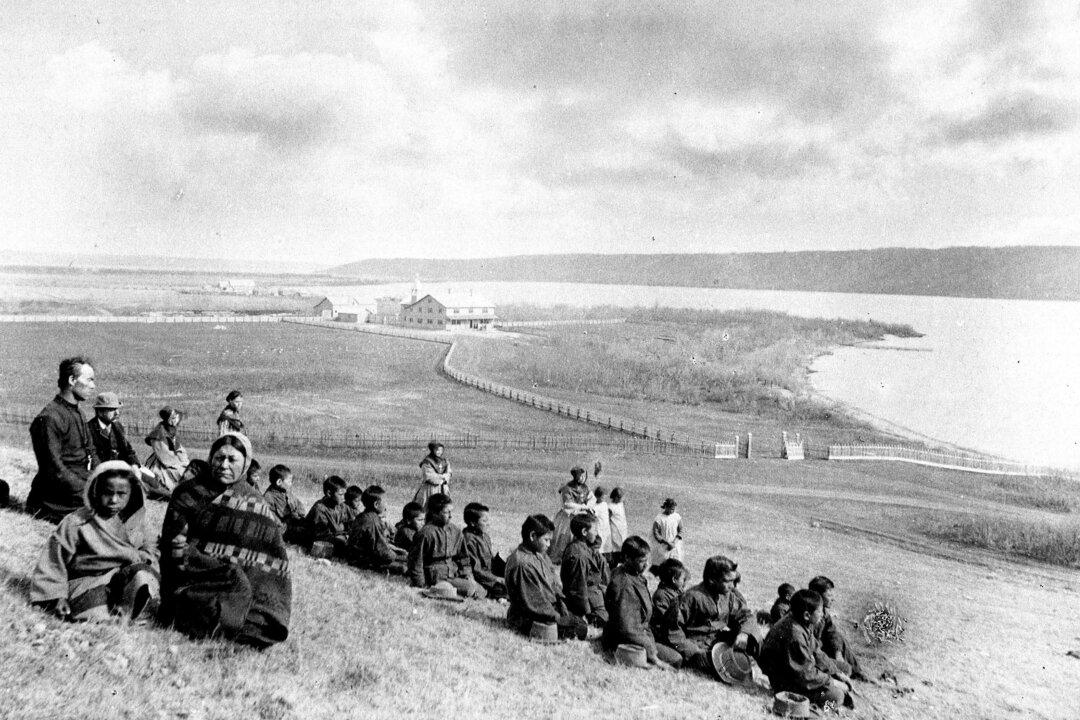Commentary
Many of Canada’s important historical figures have seen their statutes toppled and their names erased from buildings and maps in recent years in an outburst of historical cleansing. Among the victims: Sir John A. Macdonald, Egerton Ryerson, Sir Hector-Louis Langevin, and Samuel de Champlain, all former heroes and nation builders.



